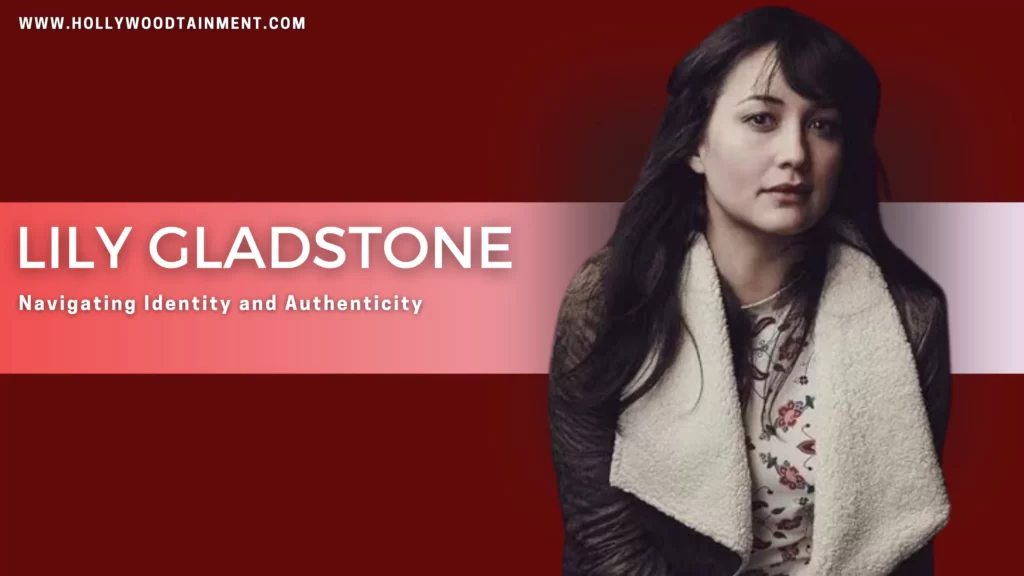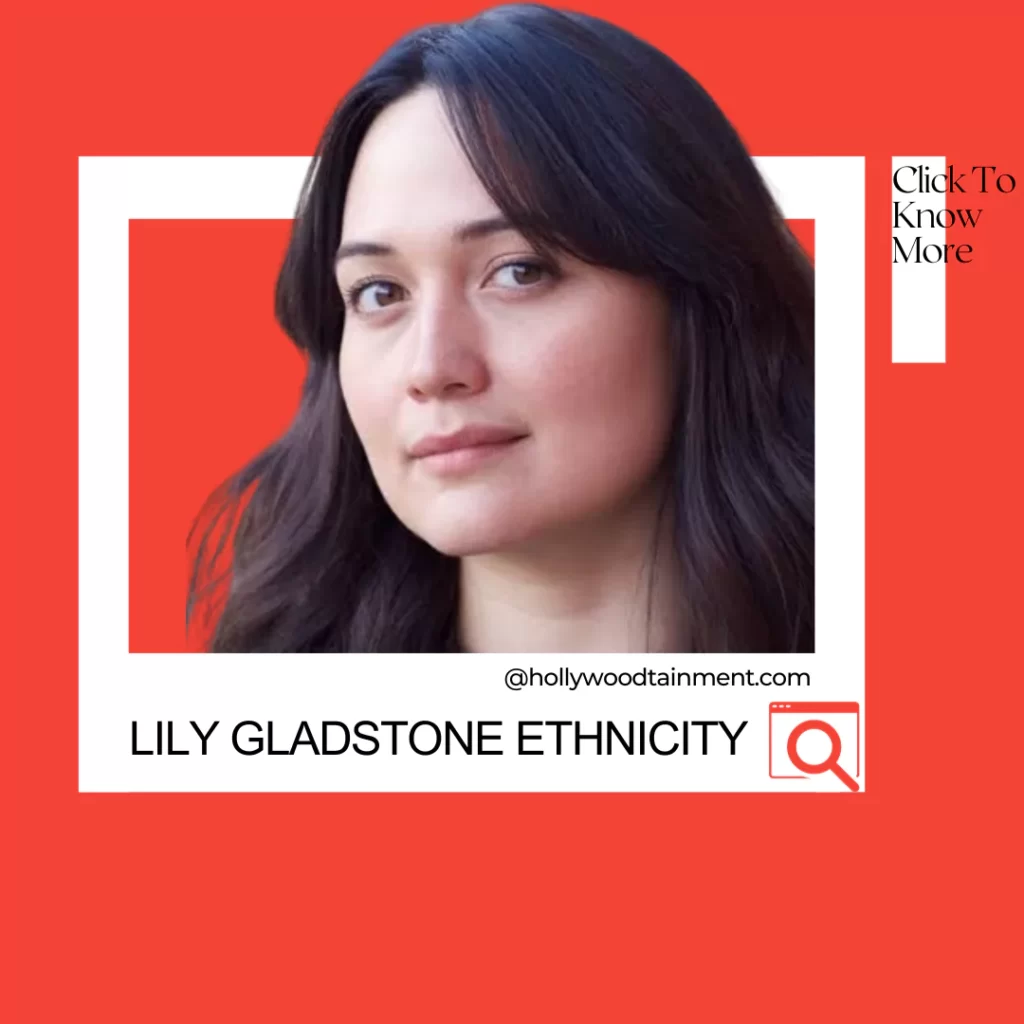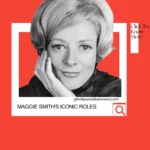Lily Gladstone is more than an actress in Hollywood – her presence transcends conventional narratives by channelling stories and heritage from her Indigenous ancestry into traditional plot lines. Raised on Montana’s Blackfeet Nation reservation, Gladstone boasts an intricate tapestry of identities, including Siksikaitsitapi (Blackfeet), NiMiiPuu (Nez Perce), and European. These identities influence her craft while providing diversity that challenges entertainment’s monolithic landscape.
In this article, we explore Lily Gladstone’s tapestry through its various threads, looking specifically at her ethnicity, ancestry, and artistic expression.
Check out Sarah Snook Ethnicity- A Global Star Rooted In Aussie Grit or Cindy Morgan From Caddyshack- The Bubbly Blonde or scroll through other celebrity biographies.

Roots and Resilience: Growing Up Blackfeet-Nez Perce
Gladstone grew up immersed in the traditions and rhythms of life on the Blackfeet reservation. Her upbringing included vast plains, tight communities and vivid oral histories that connected her deeply to her Indigenous roots – something her father, a descendant of Chief Red Crow, instilled. However, living between two worlds brought its challenges – often, feeling caught between both communities led to confusion in terms of identity as she explored how representation affects identity formation.
From Tribal Rhythms to National Stages: Embracing Storytelling
Gladstone began her acting career by appearing on local stages, where her talent flourished within the nurturing embrace of her community. However, the lure of larger screens ultimately proved too tempting. In 2011, she relocated to Los Angeles with resilience, enduring rejections and setbacks along her journey – through limited roles offered to Indigenous actors often perpetuated harmful stereotypes, something Gladstone refused to accept as part of life in Hollywood.
Breaking Barriers: Redefining Indigenous Narratives
Instead of falling into typecasting, Gladstone actively sought projects that resonated with her truth. She welcomed independent films that depict authentic Indigenous experiences without historical inaccuracies and cultural appropriation – like “Certain People,” “First Cow,” and “The Fabelmans.” In these roles, she showcased her nuanced performances beyond one-dimensional stereotypes of Indigenous characters.
A Star Rises: “Killers of the Flower Moon” and Beyond
Gladstone’s career took a significant turn in 2023 with her portrayal of Mollie Burkhart in Martin Scorsese’s “Killers of the Flower Moon”. Her raw vulnerability and powerful presence captured audiences and earned critical acclaim – as well as her first Golden Globe Award as Best Actress ever presented to an Indigenous woman!
Bridging Worlds: A Voice for Representation and Equality
Gladstone’s success extends beyond individual achievement; it represents a breakthrough in Hollywood filmography by opening up more diverse and accurate portrayals of Indigenous characters. Her voice can also be found outside the screen, advocating for inclusion and equity and protecting indigenous languages and traditions.
Looking Ahead: An Echo Continues
Lily Gladstone has yet to reach her destination. She remains a tenacious advocate for change, using her platform to enthuse aspiring actors and more considerable societal progress. Her work captures the vibrancy and resilience of Indigenous cultures while attesting to stability. As Lily navigates identity politics and representation issues further into the future, she promises to remain an engaging presence both on screen and in her fight for more inclusive futures.
Conclusion
Lily Gladstone’s story exemplifies more than just personal narrative: it stands as an indisputable testament to ancestry’s potency, Indigenous communities’ resilience, and the transformative potential of art. Her voice challenges outdated descriptions while opening pathways towards equitable representation – echoing with stories of many generations past and future.
Why is Lily Gladstone’s ethnicity of interest?
Gladstone’s acting career has often seen her portraying characters from diverse backgrounds, and her own heritage adds a layer of authenticity to her performances. Additionally, she is a vocal advocate for representation and inclusivity in the film industry.
What is Lily Gladstone’s ethnicity?
Gladstone identifies as a mixed-race woman of Diné (Navajo) and Jewish descent. However, she has also expressed her preference for focusing on her artistic work rather than her background.
Is it appropriate to ask about Lily Gladstone’s ethnicity?
While curiosity about someone’s heritage can be understandable, it’s important to remember that ethnicity is a personal aspect of identity. It’s always best to ask someone directly about their background only if they have already openly shared it. Otherwise, it’s respectful to focus on their work and contributions.
How can we learn more about Lily Gladstone’s work and advocacy?
Instead of focusing on her ethnicity, explore her filmography, interviews, and social media presence. This will give you a better understanding of her talent, values, and the causes she champions.







